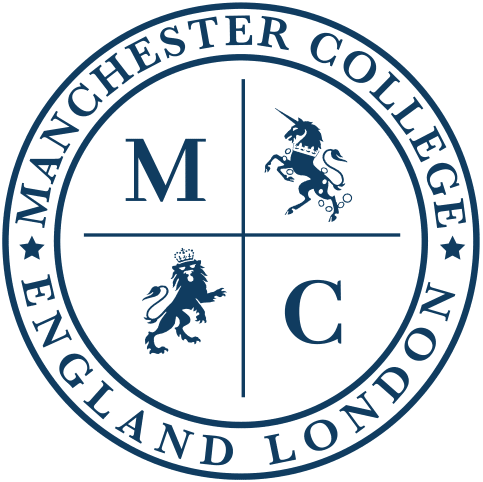Department of Medical Sciences – Radiology
Department of Medical Sciences - Radiology

Contact us via email at info@dianaintlcollege.org or submit a business inquiry online.
who should attend?
Employees in the radiology department within hospitals, health centers and oncology centers
Employees of specialized companies in this field and companies producing imaging equipment and medical equipment
Who wants to support their skills and create a comprehensive knowledge to apply for a job in this field
objective
This program provides comprehensive knowledge of theory, practice and implementation of decisions to work in radiation medicine, and aims to train participants in conducting radiation imaging of all kinds on patients, diagnosing cases and reading the results of radiation imaging. And training to deal efficiently with modern technical machines for radiation imaging. This makes it easier for an individual to get a job in this field and be superior in his specialty, which is characterized as a humanitarian profession to help others, in addition to obtaining career benefits such as life insurance and health insurance.
content
Are the topics addressed in the curriculum?
The curriculum contains the following materials:
Nuclear medicine:
In it the radiation dose is injected intravenously or oralindo radioactive material, so the patient is radioactive and the receiving organ of this radiation reflects normal rays and the quantity and composition of the radioactive material varies depending on the age of the patient and the organ to be photographed and the radioactive material is used to photograph different organs of the body by delivering the material.
Radioactive organ to be photographed only for bone imaging is added a special material with radioactive material to lead the radioactive material and put it in the bones only as well as in the examination of the kidneys, gallbladder, lungs and others is added material of their own with the radioactive material to connect to the same organ intended only.
2- Therapeutic radiation:
Radiation therapy is one of the most essential treatments in the cancer world, where intensive energy packs are used to eliminate cancer cells. It may be complementary or essential, radiation therapy often uses X-rays, but it can also use protons or other types of energy.
3- Human Anatomy: Is a branch of anatomy specialized in the study of the structure and composition of the organs of the body.
At first, anatomy revealed the organs, organs and tissues of the bodies, which was the basis of the specialty of medicine. However, with technological development and the emergence of modern imaging techniques, it is possible to see the tissues without the need for anatomy with the emergence of the method of visual anatomy and the method of microscopic anatomy.
4.Radioisotopes: Is the unstable form of the element from which the radiation is emitted into a more stable form. Radiation is easily traceable and can cause changes in the material on which it falls. These special features make radioactive isotopes useful in medicine, industry and other areas.
5- Gamma rays: Gamma rays are used in medicine to kill and prevent carcinogenic cells from growing. Gamma rays are carried out in the skin and work to ionat the cells and this causes the killing of those cells.
6.X-rays: X-rays are a quick and painless test, producing images of the structure inside the body, especially the bones. X-ray beams pass through the body and are absorbed in different quantities based on the density of the material through which they pass. Dense materials, such as bones and minerals, appear in white in X-ray images. The air inside the lungs appears black. Fat and muscles look like gray spectra.
Looking for higher education, at the postgraduate level (Master’s, Professional Doctorate) ?
